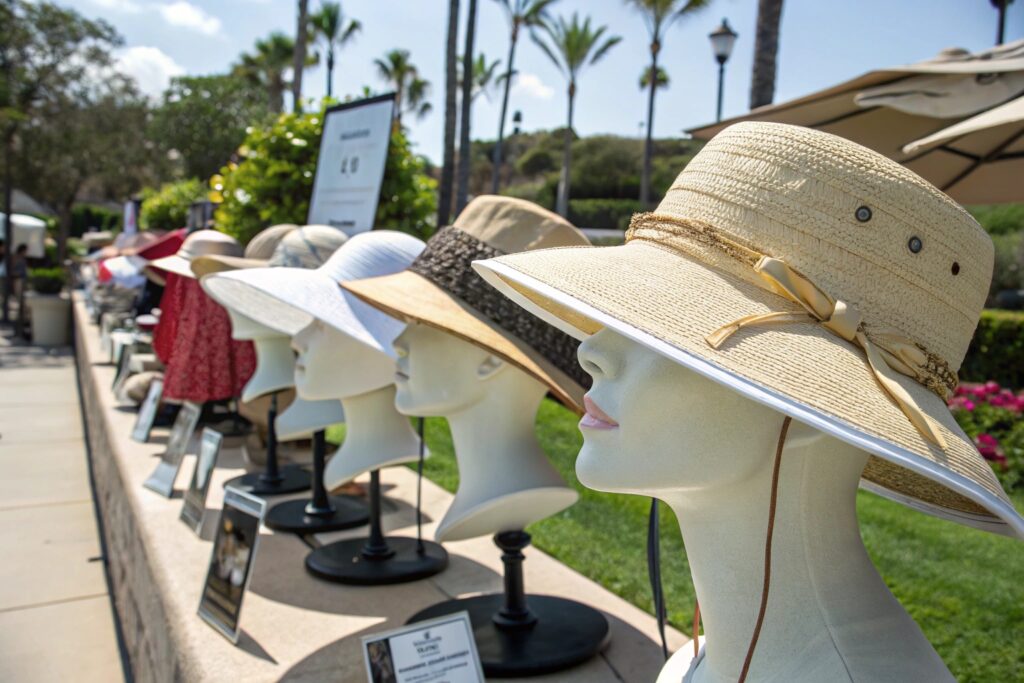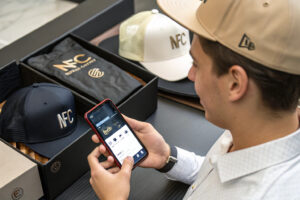Sunburns, skin damage, and heatstroke—every summer brings the same risks. For outdoor brands and accessory buyers, offering the right UV protection hat is more than fashion—it’s function.
The best UV protection hats for summer 2025 combine wide brims, high UPF fabrics, moisture-wicking linings, and lightweight construction. Popular styles include wide-brim fedoras, bucket hats, sun visors, and performance caps.
In this article, I’ll guide you through the best hat styles, materials, certifications, and sourcing tips to prepare your collection before the sun peaks.
Which Hat Styles Offer the Most Sun Protection?
When it comes to blocking harmful rays, not all hats are created equal. A stylish cap might look good, but it won’t protect your neck, ears, or face if the brim is too small.
The best UV protection hat styles are wide-brim hats, bucket hats with neck flaps, oversized visors, and structured safari hats. These shapes offer full coverage for the forehead, cheeks, and nape.
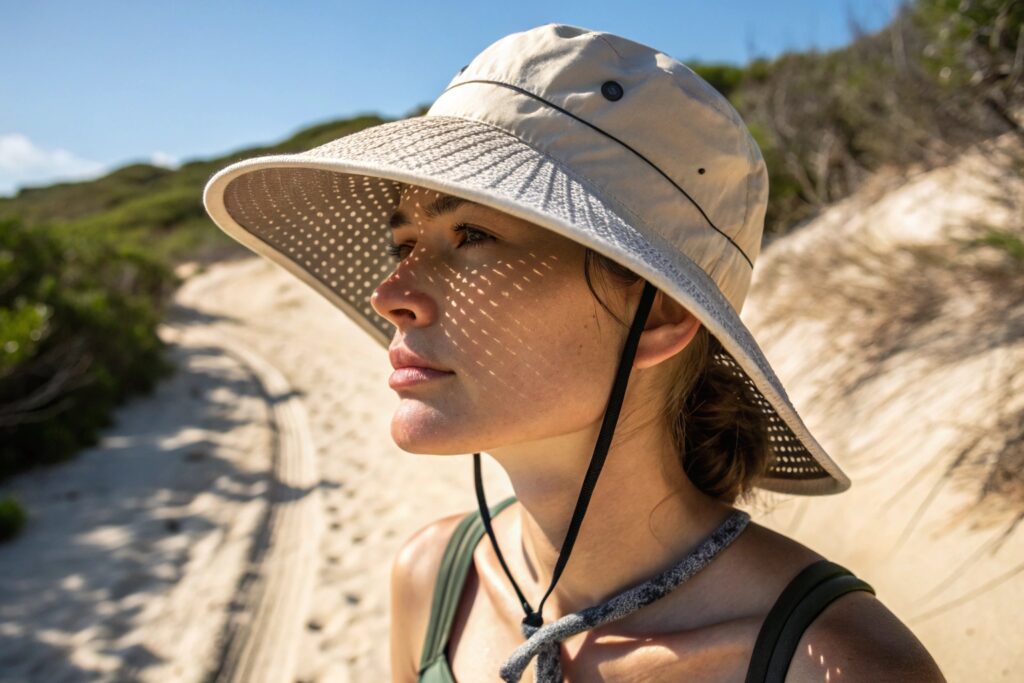
How do different styles compare in sun protection?
| Hat Style | Brim Size | Neck Coverage | Typical Use Case |
|---|---|---|---|
| Wide-Brim Fedora | 7–10 cm | Moderate | Casual, travel, festivals |
| Safari Hat | 8–12 cm | Yes (with flap) | Hiking, adventure travel |
| Bucket Hat | 5–7 cm | Partial | Streetwear, casual |
| Oversized Visor | 10–15 cm | None | Sports, tennis, golf |
| Flap Cap / Legionnaire | 5–6 cm | Full (fabric) | Kids, outdoor workers |
We often recommend the safari hat with mesh side panels for clients in the sportswear and outdoor gear industries. It balances protection, ventilation, and rugged aesthetics.
Why is brim size essential for UV protection?
According to dermatologists, each 1 cm of brim width increases facial sun protection by about 10%. That’s why we offer adjustable brim designs that collapse or extend depending on user need. These are bestsellers in both U.S. and European markets.
What Fabrics Are Best for UV Protection Hats?
UV blocking isn’t just about the hat's shape—fabric choice plays a key role. Materials with tight weaves or built-in UV inhibitors provide much better protection.
The best fabrics for UV protection hats include polyester microfibers, nylon blends, canvas, and technical knits with UPF coatings. Lightweight doesn’t have to mean see-through.
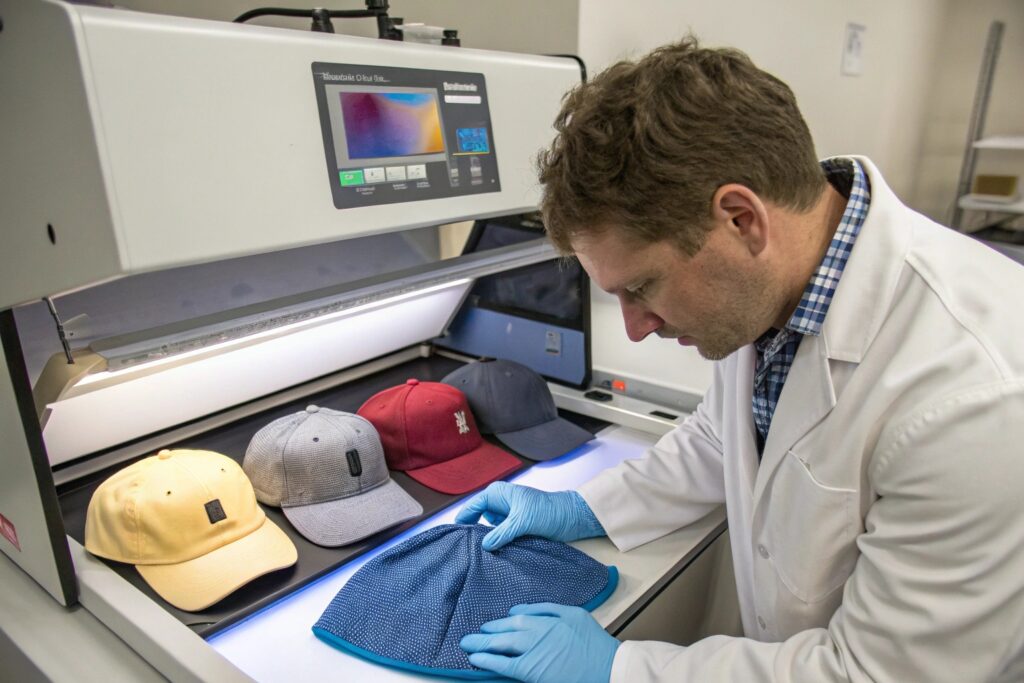
How do fabrics block UV rays?
There are two ways:
- Physically: Dense weaves block sunlight penetration
- Chemically: Fabric is treated with UV inhibitors like titanium dioxide
We produce hats using UPF 50+ polyester-nylon blends with built-in moisture-wicking and cooling properties. These pass both AATCC 183 and AS/NZS 4399 standards.
| Fabric Type | UV Protection Potential | Breathability | Weight |
|---|---|---|---|
| Polyester (UPF50+) | High | Medium | Light |
| Nylon Ripstop | High | High | Ultra Light |
| Canvas | Medium | Low | Heavy |
| Cotton Twill | Low (unless treated) | High | Medium |
| Recycled PET Yarn | Medium–High | Medium | Light |
Are mesh or perforated hats still protective?
Yes—if designed correctly. We use dual-layer crown construction: mesh outer shell for breathability and inner lining with UV filter. This dual design maintains protection while preventing sweat buildup. It's a hit with our European summer fashion buyers.
Are UPF Ratings Important for Summer Hats?
Most consumers now recognize SPF for sunscreen—but UPF for clothing is equally important, especially in headwear.
Yes, UPF (Ultraviolet Protection Factor) ratings are crucial for summer hats. A UPF 50+ label means the fabric blocks at least 98% of UVA and UVB rays, making it essential for retail compliance and marketing.
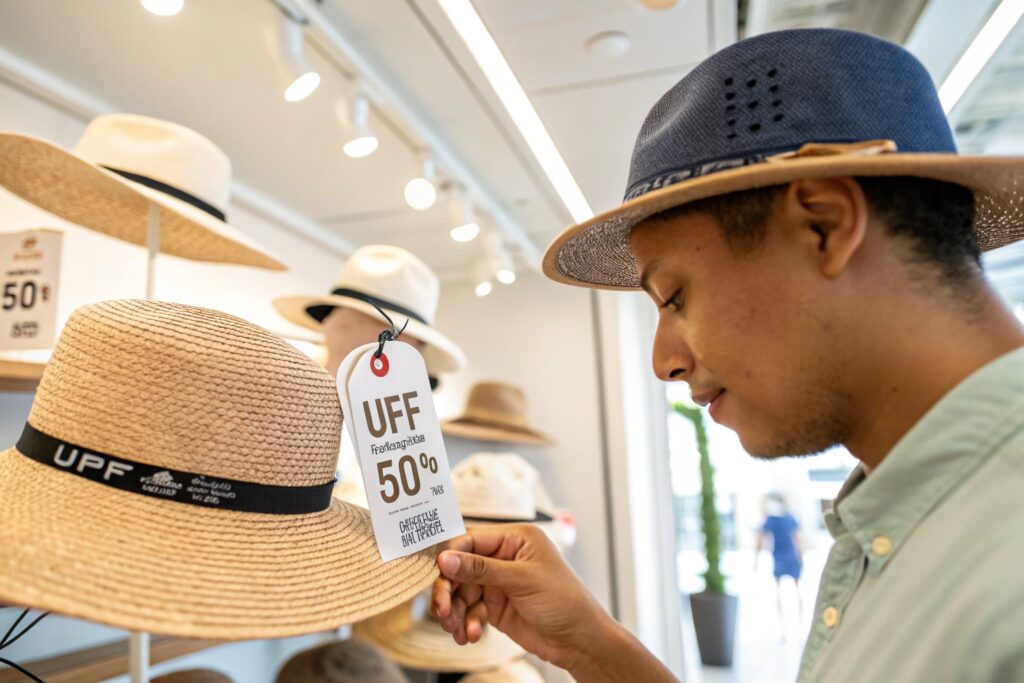
What’s the difference between UPF and SPF?
- UPF: Measures UV protection of fabrics
- SPF: Measures UV protection of skin products
We label hats with UPF 30+, 40+, and 50+ using certified lab reports. U.S. and Australian retailers prefer visible hangtags with UV ratings, which we customize for clients.
| UPF Rating | UV Blockage | Suitable For |
|---|---|---|
| UPF 15 | 93% | Light casual use |
| UPF 30 | 96.7% | Daily wear |
| UPF 50+ | 98%+ | Prolonged sun exposure |
Do buyers ask for test reports?
Yes—especially brand buyers and chain retailers. We use SGS and Intertek to issue UPF reports per hat style. These reports include:
- Fabric density
- UVA/UVB filter rate
- Wash durability (after 5 and 20 cycles)
We attach these results to every PO for our long-term U.S. and Canadian clients.
Where to Source Trendy UV Hats for Summer 2025?
You want hats that protect—but they still need to sell. Fashion trends evolve every season, and UV gear must look good to move off the shelves.
The best way to source trendy UV protection hats for 2025 is through specialized Chinese manufacturers offering small batch customizations, seasonal collections, and quick sampling.
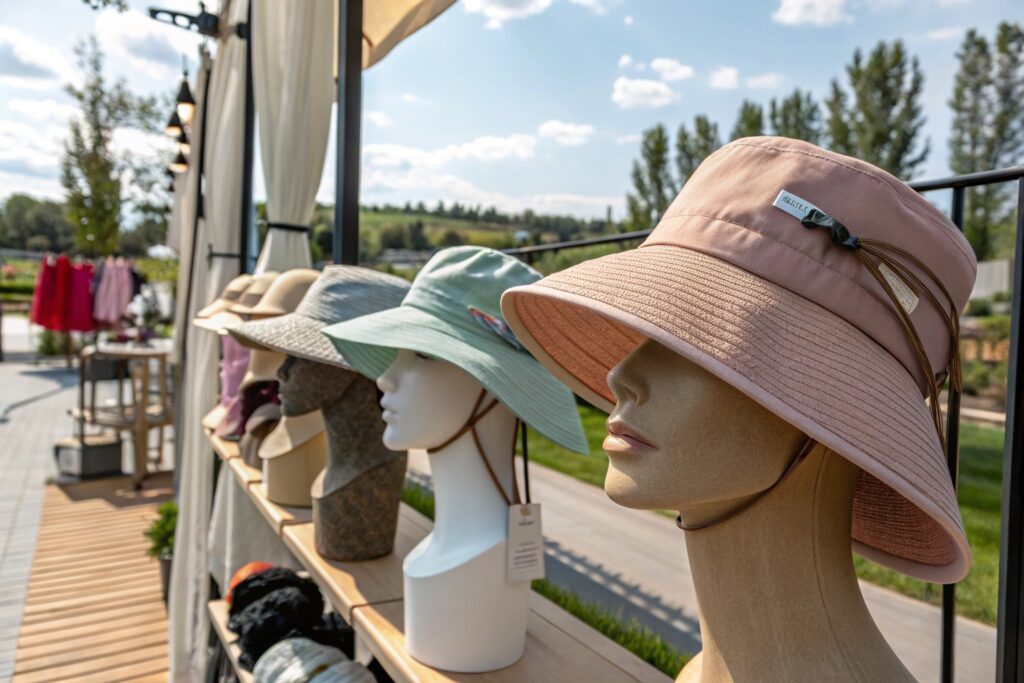
What UV hat trends will dominate 2025?
We analyzed 120+ brand collections and created our own forecast:
- Reversible bucket hats: UV fabric on one side, print on the other
- Sporty visors with back shields: For golf and tennis
- Natural-tone safari hats: Paired with techwear outfits
- Foldable wide-brim hats: Targeting travel influencers
- UV hijabs and wraps: For inclusive outdoor fashion
We carry over 800 seasonal UV-ready styles, all of which can be tagged, branded, and packaged for drop-shipping or retail.
How fast can samples and production start?
- Digital mockup: 48 hours
- Sample cap: 5–7 working days
- Bulk delivery (air): 10–18 days
- MOQ: 100–300 pcs/style
For clients with tight launch timelines, we offer a “Ready to Ship UV Hat” series with full stock and flexible branding options.
Conclusion
UV protection hats for summer 2025 must combine science and style. From UPF-rated fabrics to wide-brim designs, the key is working with experienced factories that deliver safety, comfort, and trend-driven designs on time.
